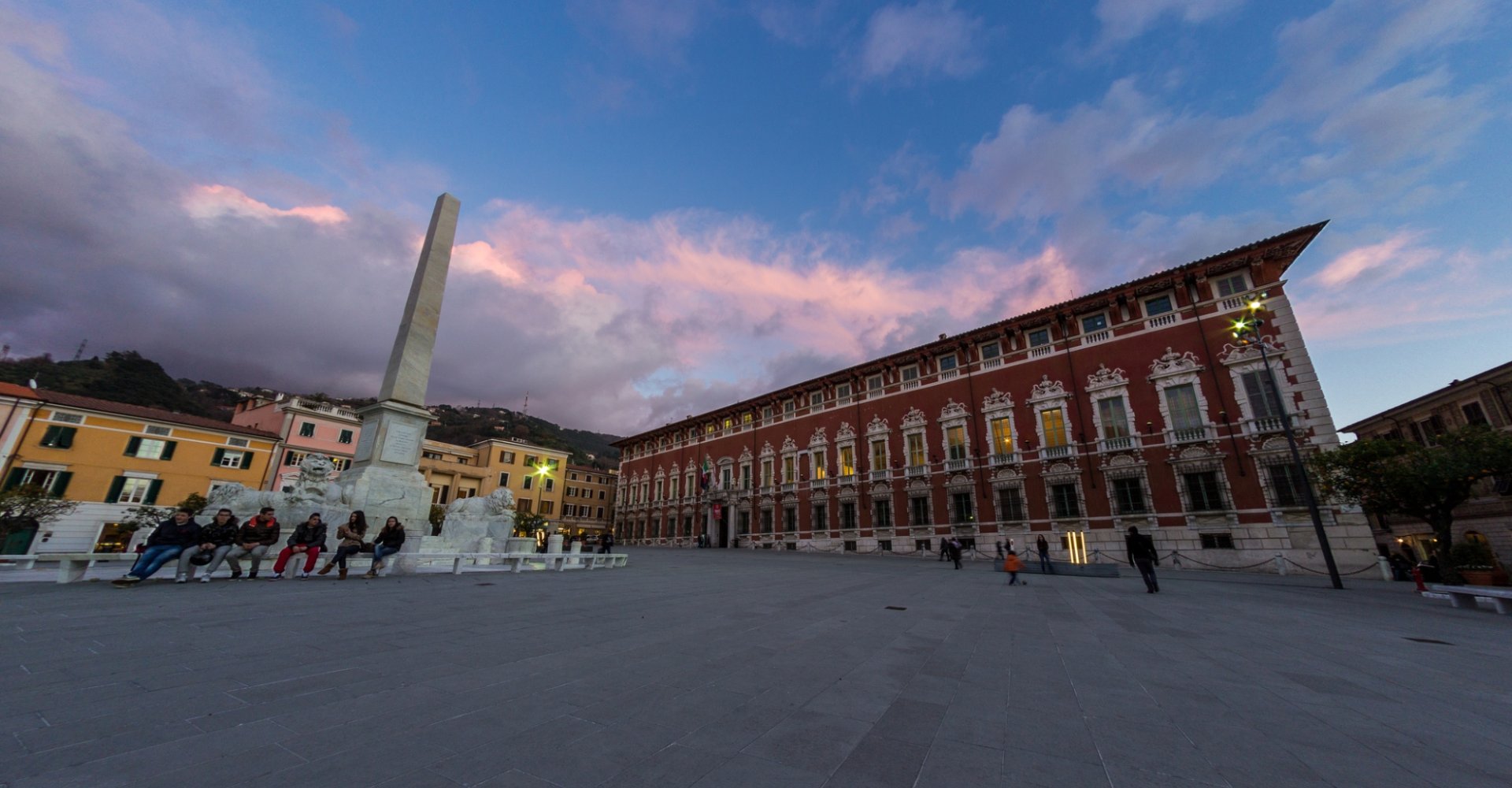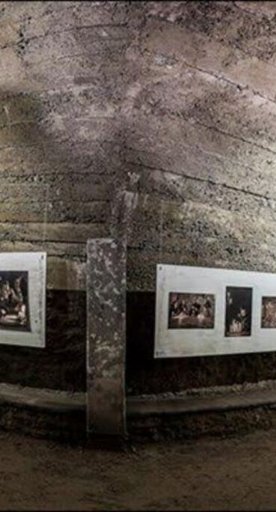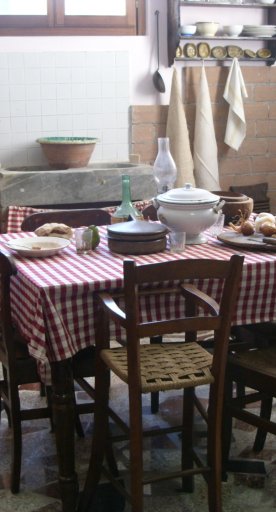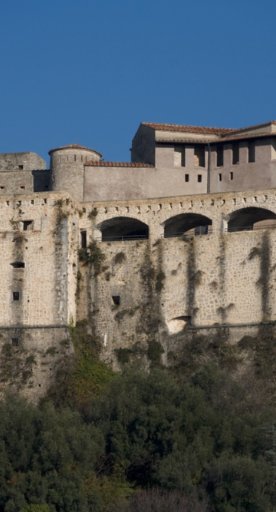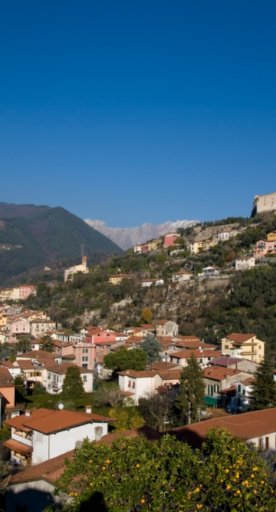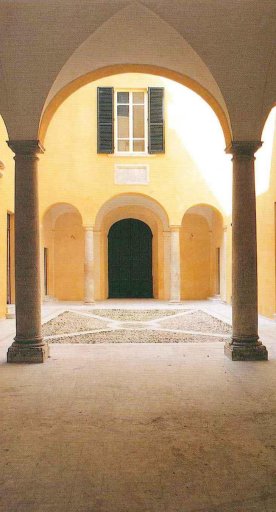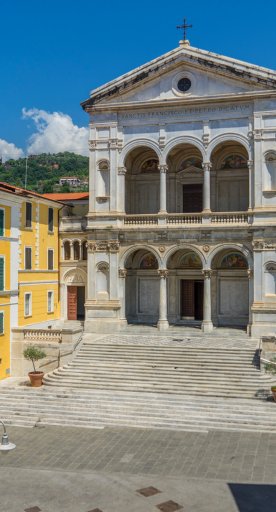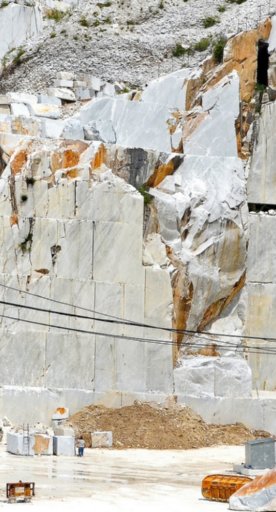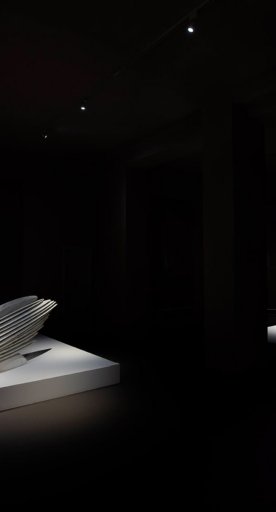Piazza Aranci and Palazzo Ducale, in Massa
Flowers and fragrances in the town’s main piazza
Piazza Aranci in Massa is named after the double row of orange trees, which were planted in the early nineteenth century after the hotly debated demolition of the Church of San Pietro ordered by the Countess Elisa Baciocchi, Napoleon's niece. In the beginning, sweet citrus trees were selected and strict laws were in place to ensure that tourists and passersby didn’t pick the fruit, which were given instead to charities.
Over time, less appetizing bitter citruses were planted, proving hardier in the winter. Giacomo Leopardi and Giosué Carducci were equally entranced by these trees, mentioning them in letters after having visited the square.
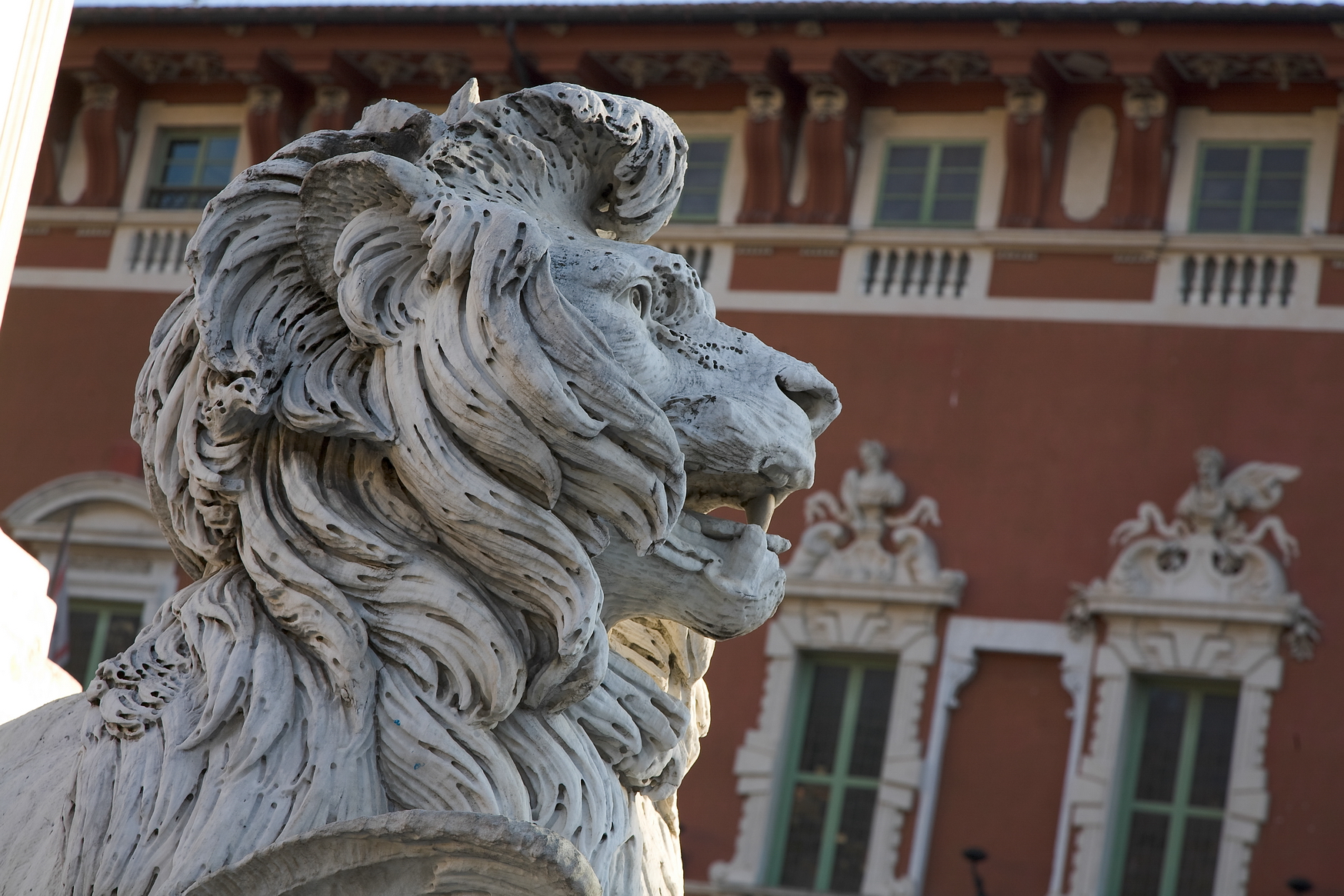
Palazzo Ducale is the main attraction in the piazza, now housing the provincial offices and the prefecture. Erected in the mid-sixteenth century according to the wishes of Prince Alberico I Cybo-Malaspina, the palace underwent many changes over the centuries to make it into Massa’s most striking monument. The impressive façade that looks out over the square offers a colour scheme of red and white (in the marble and stuccowork).
Beyond the main door, a large courtyard opens up before us, surrounded by columns, staircases, loggias and marble portals. At the far end is a nymphaeum with a statue of Neptune riding the waves. The two adjacent rooms have vaulted ceilings frescoed by Stefano Lemmi in 1702. The grand staircase takes us to the main floor, where the halls are preceded by an open gallery decorated with marble columns and stuccoes. Worthy of note, however, are the Ducal Chapel and the scenic Ducal Alcove, which cannot be visited because they are used as offices of the Province and Prefecture, as well as the entire third and last floor.
Important monuments stand in the middle of the piazza, including the obelisk dating to 1853 flanked by another striking fountain built a few years later and embellished with four statues of lions, made by the Isola workshop.
The piazza, which is a beloved symbol in the city of Massa, is home to city festivals, such as the traditional Quintana Cybea which is held on the first Saturday in August.
